Safeguarding AI-Created Art: Legal Considerations
As the boundaries of creativity expand with the advent of artificial intelligence, the legal landscape governing AI-generated artwork remains in flux. Recent determinations by the United States Copyright Office have sparked a complex debate over the ownership and copyright eligibility of works produced with the assistance of AI. While the office has recognized the potential for human contributions to be protected, the implications for AI’s role could be more precise.
This situation presents a problem for artists and creators who integrate AI into their processes. It highlights the necessity for a nuanced understanding of how intellectual property law applies to such innovations. As we consider the intricate relationship between the creator, algorithm, and the final artistic product, one must ponder: In an era where artistic creation and technology are increasingly intertwined, how can one navigate the legal intricacies to ensure the security of their AI-created artwork?
Key Takeaways
- The recent determination by the US Copyright Office highlights the requirement for human authorship in copyright law and the recognition of human alterations as original work in AI-generated art.
- AI-generated components, on their own, do not receive copyright protection, raising implications for monetizing and controlling AI-generated content.
- Legal issues surround using training data for AI-generated artwork, including copyright infringement and the need for clear guidance and regulations to ensure AI operates within legal boundaries.
- The interplay between AI and copyright laws raises challenges in proving contributions to copyrightability and determining the applicability of fair use doctrine to AI image generators.
Understanding Copyright Law
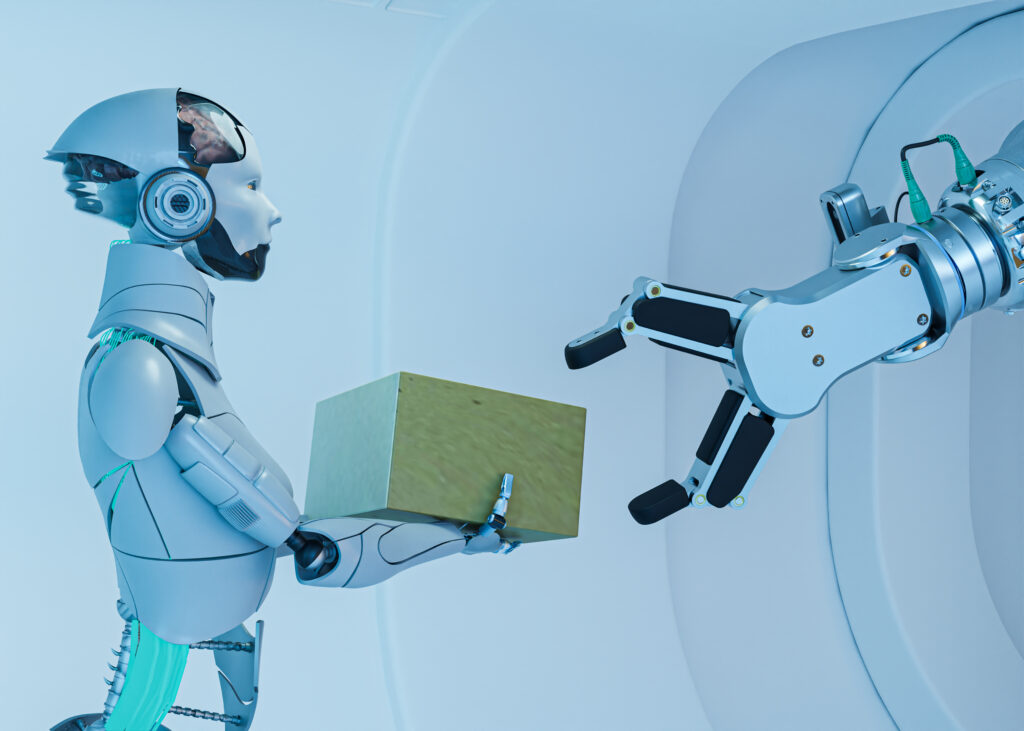
In analyzing the intricacies of copyright law, it is essential to consider the recent US Copyright Office’s stance that AI-generated components of an artwork do not qualify for copyright protection. This delineation underscores a fundamental principle of copyright and intellectual property law: the requirement for human authorship. The Copyright Office has recognized a human artist’s creative decisions and alterations as constituting original work. However, the work produced in part or entirely by generative AI falls outside this realm of protection.
The legal implications of this position are significant. The burgeoning field of AI Art, where algorithms such as DALL-E and Stable Diffusion have played increasingly creative roles, faces a pivotal challenge: ensuring the monetization and proprietary control of AI-generated content. This ruling prompts a broader discourse on how intellectual property law adapts to technological advancements.
Further complicating the legal landscape is the concept of fair use, particularly its application to AI-generated art. The current lawsuits in the US are setting precedents that may define the boundaries of fair use for generative AI, impacting creators and developers alike. This evolving judicial interpretation will shape the future of copyright law in the digital and AI age.
AI and Intellectual Property
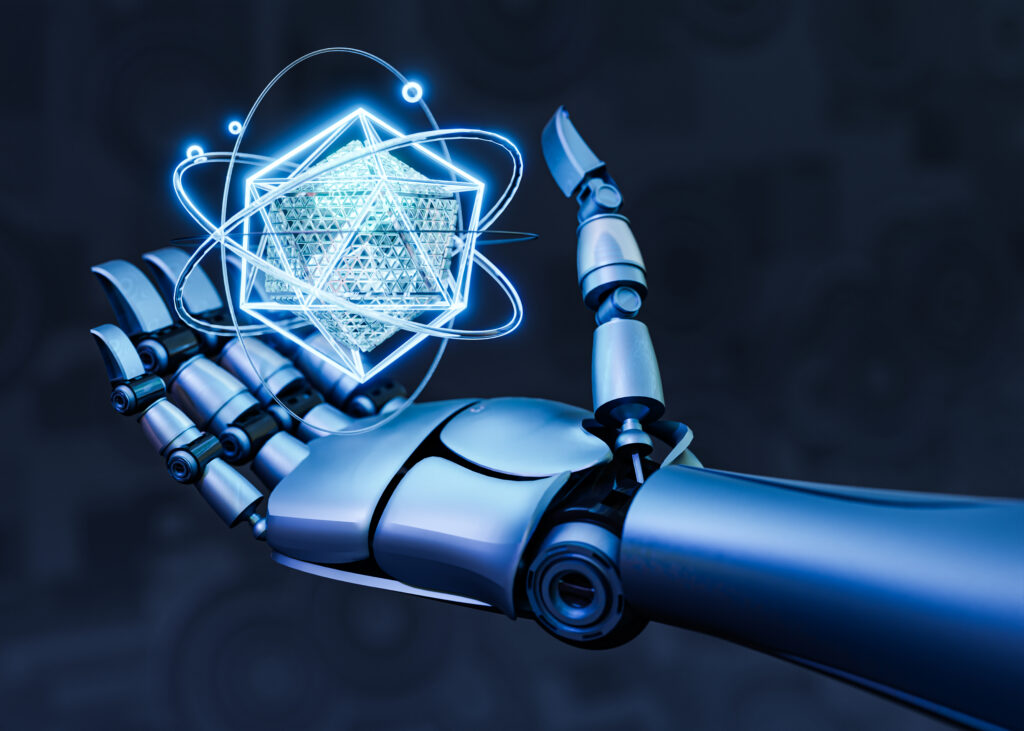
- As the debate over the copyrightability of AI-generated art continues, the focus shifts to the broader implications for intellectual property rights in artificial intelligence. The current legal framework primarily acknowledges human authorship as the cornerstone of copyright protection, leaving AI-generated art in a precarious position. Indeed, as technology advances, the definition of authorship and the allocation of rights become increasingly complex.
Considering the intersection of AI and intellectual property, several key points emerge:
- The US Copyright Office has set a precedent that human alterations to AI-generated art can be deemed original work, while the AI’s contribution cannot.
- Detailed accounts of an artist’s creative process may be required to establish copyright eligibility for works involving AI tools.
- Ongoing legal disputes and public consultations signal an evolving landscape for copyright law about AI.
- AI-generated art challenges traditional notions of authorship, potentially requiring new frameworks for intellectual property rights.
- The monetization potential of AI-generated art could be significantly impacted by how copyright laws adapt to include or exclude such works.
Training Data Legality
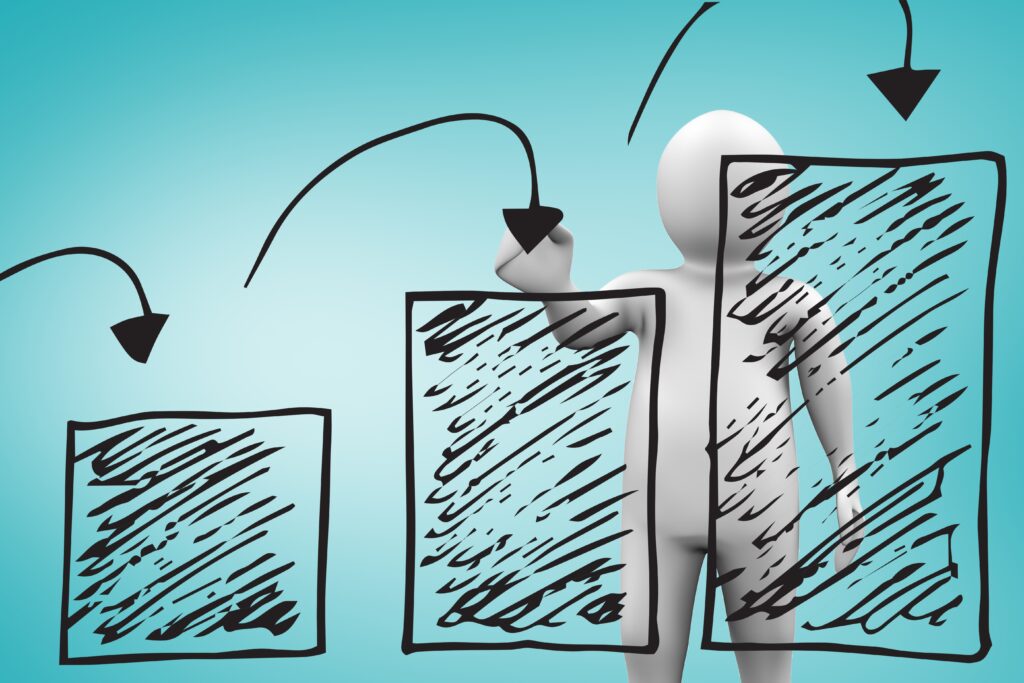
The legality of training data for AI-generated artwork hinges critically on the issue of copyright infringement, particularly when the AI has been fed copyrighted material. Transparency regarding the data sources utilized in training algorithms is paramount to ensuring that the rights of original creators are respected and that the AI operates within legal boundaries.
As the legal landscape evolves, clear guidance and regulations are necessary to mitigate the risk of litigation and to clarify the extent to which AI-generated art can be protected or challenged under copyright law.
Copyrighted Material Use
Delving into the legalities of training data, using copyrighted material in developing AI-generated artwork remains a contentious issue with significant implications for copyright law and the creative industries. Key considerations include:
- The US Copyright Office’s stance on human authorship in AI-generated artwork.
- Challenges artists face in proving their contributions to AI-generated art’s copyrightability.
- The impact of legal rulings on AI-assisted art creation, influencing artists’ responses and potential litigation.
- Ongoing debates on the applicability of fair use doctrine to AI image generators.
- The repercussions of rejecting copyright claims for AI-generated art on the interplay between AI and copyright laws.
In this landscape, artists and developers must navigate a complex matrix of legal uncertainties when using copyrighted works in AI image generation.
Data Source Transparency
While the debate on the copyrightability of AI-generated art continues, a parallel concern arises regarding the legality and transparency of the training data used in AI systems to create such artwork.
The integrity of the data source is crucial, as the AI systems’ output—works created—is inherently dependent on the input it receives.
The resulting artwork could infringe upon the original creators’ rights if the training data includes copyrighted material without proper authorization.
Data source transparency is not merely an ethical imperative but a legal necessity to ensure compliance with copyright laws.
As the legal landscape evolves, stakeholders must scrutinize the origin of training data to mitigate potential legal challenges associated with AI-generated art.
Creator Vs. Algorithm Ownership
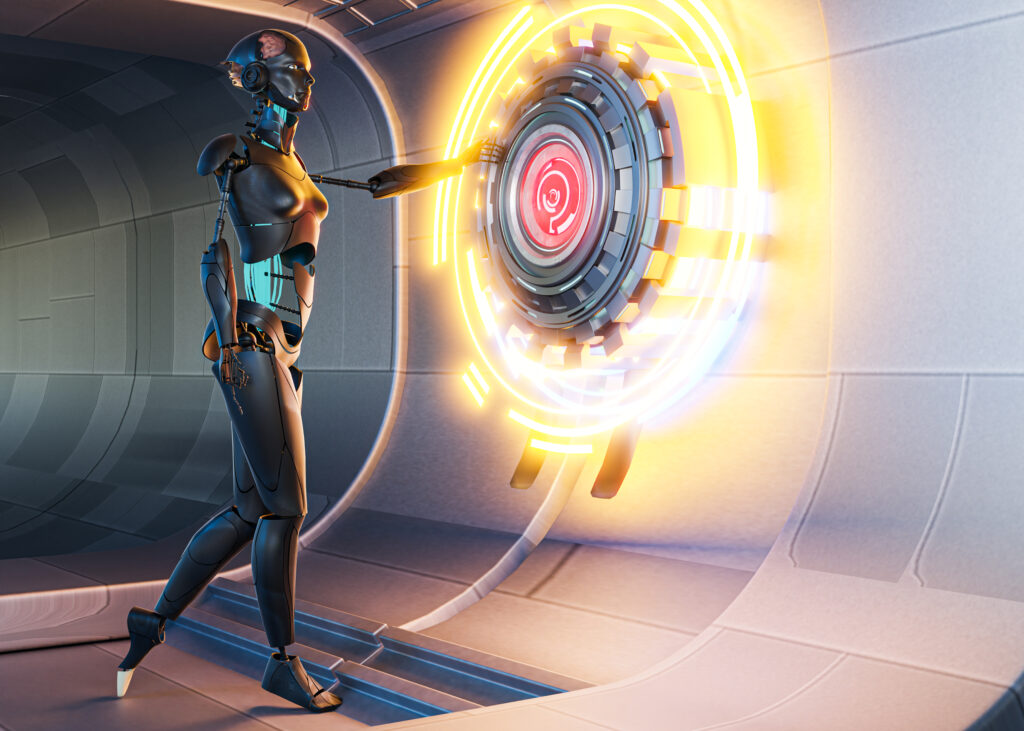
The recent ruling by the US Copyright Office marks a pivotal moment in the discourse on intellectual property as it pertains to the burgeoning field of AI-generated art.
This decision underscores the urgent need to reassess the parameters of copyright law, especially about the rights distinction between human creators and algorithmic processes.
As legal battles unfold, the precise nature of human-AI collaboration and its implications for copyright ownership are becoming increasingly central to artistic innovation and the protection of creators’ rights.
Intellectual Property Concerns
In light of the US Copyright Office’s recent ruling, a complex debate emerges regarding the delineation of intellectual property rights between human creators and the algorithms they employ in generating artwork. This development in the United States Copyright landscape sharpens the focus on intellectual property concerns, especially in the context of AI-generated content.
Here are critical aspects to consider:
- The ruling excludes AI-generated portions from copyright eligibility.
- Like Matthew Allen’s alterations, human contributions can be deemed original works.
- Artists may need to define their input in AI-assisted creations more clearly.
- Ownership rights over purely AI-generated art remain unresolved.
- The interplay between AI creations and fair use principles necessitates legal clarity.
This intricate domain demands careful navigation to safeguard the rights of creators while acknowledging the capabilities of AI.
Human-AI Collaboration Rights
As the US Copyright Office delineates the bounds of protection for human contributions in AI-assisted art, the question of ownership rights in human-AI collaboration becomes increasingly pertinent. The distinction between AI-generated artwork and the human artist’s creative input using AI tools is now a legal gray area.
While the office has denied copyright to AI-generated components, it acknowledges human alterations, highlighting the complex interplay between creator and algorithm ownership. This distinction suggests a future where human-AI collaboration rights focus on the nature and extent of human contribution.
Legal disputes may pivot on this, especially as artists increasingly integrate artificial intelligence into their creative processes. The emerging jurisprudence must balance copyright protection with the realities of AI-assisted artistic inspiration.
Licensing AI-Generated Content
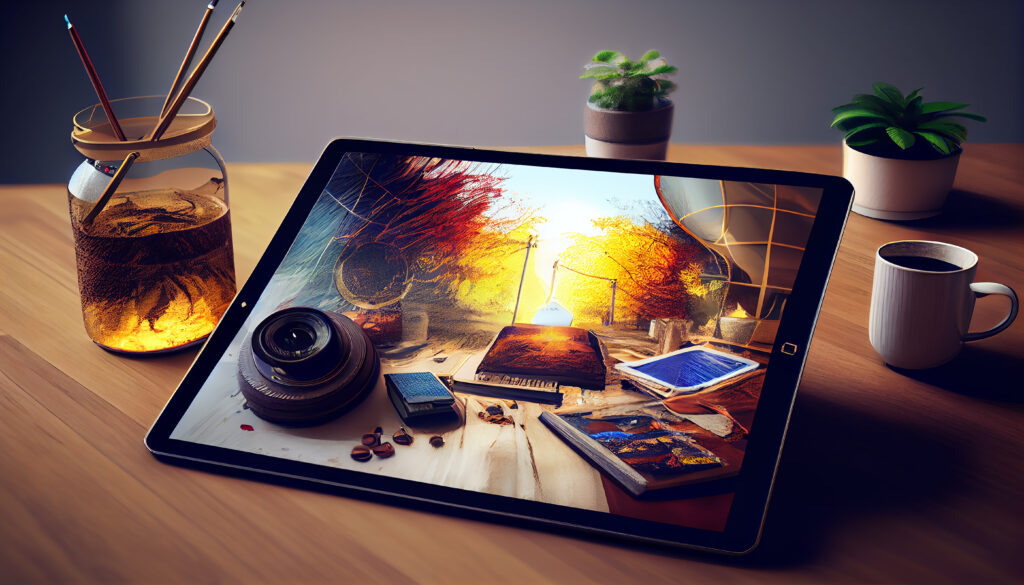
Navigating the complex terrain of licensing AI-generated content requires a thorough understanding of current copyright laws and their limitations in addressing the novel challenges posed by machine creativity. As AI continues to create increasingly sophisticated works, the legal landscape is being tested, revealing the need for specific guidelines and precedents to manage the rights associated with these creations.
Here are the critical considerations in licensing AI-generated content:
- The U.S. Copyright Office’s stance that AI-generated content cannot be copyrighted implies a lack of protection for such works, leading to ambiguity in licensing practices.
- Determining authorship is contentious when distinguishing between AI contributions and human alterations, recognized for copyright protection.
- Rejections of copyright applications for AI-generated content highlight the pressing need for clarity regarding the intellectual property rights of artists using AI.
- Using copyrighted works by generative AI programs without consent could challenge established fair use exceptions and necessitate re-examination.
- The evolving role of AI in artistic creation underscores the urgency for reevaluating traditional copyright frameworks to accommodate the unique nature of AI-generated content.
Fair Use and AI Art
The ongoing debate surrounding fair use in the context of AI-generated art introduces complex legal considerations that challenge existing copyright norms. As AI art becomes more prevalent, questions arise regarding how these creations can be protected under copyright law, particularly when they may incorporate elements of pre-existing copyrighted works. The U.S. Copyright Office’s recent ruling complicates the landscape, recognizing potential copyright in works altered by human hands yet denying protection for purely AI-generated portions. This dichotomy underscores the difficulty distinguishing between human authorship and AI contribution, a distinction crucial for fair use analysis.
Fair use traditionally allows for limited use of copyrighted material without permission for purposes such as criticism, commentary, or education. However, the derivative nature of AI art calls into question whether such use can be justified under fair use principles, mainly when the AI’s output significantly depends on copyrighted inputs. The balance between fostering creativity and respecting copyright holders’ rights is being recalibrated in light of AI’s growing role in artistic expression.
As the intersection of AI and fair use awaits clearer legal demarcation, artists, and creators must navigate an evolving terrain of copyright challenges posed by generative AI technologies.
Legal Cases in AI Artwork
Recent discussions on fair use in AI-generated art led to the examination of actual legal cases that shed light on how courts address the copyright complexities introduced by AI creations. The evolving landscape is punctuated by pivotal cases such as the controversy involving Théâtre Dopéra Spatial vs. Matthew Allen, where the legal system grapples with protecting AI-generated content.
- Legal Precedent: The Théâtre Dopéra Spatial case sets a critical precedent for future copyright claims involving AI programs.
- Human Authorship: The US Copyright Office’s stance on the necessity of human input for copyright eligibility sparks debates on the threshold of authorship for AI-generated works.
- Economic Implications: Artists may need to demonstrate more significant involvement in AI-assisted creations to safeguard the monetization of their artwork.
- Fair Use in AI: District Court cases test the boundaries of fair use doctrine concerning generative AI, balancing the encouragement of artistic production with copyright adherence.
- Copyright Evolution: As with past technological innovations, copyright law must evolve to address AI’s unique challenges, as Judge Beryl highlighted in relevant legal proceedings.
In this context, the analytical focus remains on how the legal system interprets the interplay between human and machine contributions, ensuring that copyright frameworks remain robust yet flexible enough to accommodate the transformative nature of AI-generated art.
Protecting Your AI Creations
In light of the US Copyright Office’s stance, artists must re-evaluate their strategies for protecting intellectual property rights in AI-assisted creations. Given the rejection of copyright for AI-generated components, the onus is on human artists to delineate their contributions more clearly. The involvement of AI systems in the creative process necessitates a balance between leveraging technological innovation and safeguarding the uniqueness of artistic works.
To aid in understanding the complexities of protecting your AI creations, consider the following table:
| Factor | Human Artist’s Role | AI System’s Role |
|---|---|---|
| Creation | Concept and direction | Execution of tasks |
| Editing | Substantial modifications | Suggestive variations |
| Authorship | Defining the narrative | Generating elements |
| Copyright | Claiming original expression | Ineligible for rights |
| Innovation | Pioneering new uses | Enabling technology |
This table encapsulates the interplay between human ingenuity and AI capabilities. Artists must now navigate this landscape with an analytical and precise approach, ensuring their contributions to AI-assisted artistic works are significant enough to meet copyright thresholds. With the current legal uncertainties, a deep understanding and strategic application of copyright law have become crucial for artists who innovate with AI tools.
International Copyright Perspectives
International copyright laws exhibit significant variation when addressing the status of AI-generated artwork, leading to a patchwork of legal standards worldwide. Precedents set in one jurisdiction may influence, but not necessarily dictate, the approaches taken in others, complicating the landscape for creators and distributors of AI-generated art.
A thorough analysis of these international perspectives is crucial for understanding the potential legal ramifications and informing policy development and artistic innovation in this burgeoning field.
Global Copyright Variations
Navigating the complex tapestry of global copyright laws, artists leveraging AI to create artwork must meticulously consider the legal landscape that varies significantly from one jurisdiction to another. The international copyright framework is not uniform, presenting several challenges for creators of AI-generated creative works.
- Recognition of AI as a creator: Some jurisdictions may not recognize AI generators as legitimate authors.
- Moral rights: The assignment or waiver of moral rights over AI-created art can differ.
- Duration of protection: The copyright term for AI-generated content varies globally.
- Registration requirements: Some countries require registration for complete copyright protection.
- Fair use and exceptions: The scope of fair use provisions and statutory exceptions is not consistent worldwide.
Artists must precisely analyze these global copyright variations and seek informed legal advice to navigate the complex international law surrounding AI-generated artworks.
AI Artwork Precedents
While artists must remain vigilant of the diverse legal frameworks governing AI-generated art globally, recent precedents set by international copyright perspectives are charting new territory in recognizing and protecting such works. The U.S. Copyright Office’s ruling is pivotal, determining that AI alone cannot claim copyright, but the human touch can alter the landscape. This distinction emphasizes the creator’s intent and interaction with AI tools like Stable Diffusion. Copyright owners must navigate an evolving legal environment with a federal judge in the District of Columbia presiding over cases delineating these boundaries.
| Factor | Impact on AI Art | Legal Consideration |
|---|---|---|
| AI Tool Usage | Must be detailed for protection | Critical in copyright assessment |
| Human Alteration | Key for copyright eligibility | Distinguishes authorship |
| Legal Uncertainty | May chill AI-assisted art innovation | Influences fair use exceptions |
Future of AI Art Legality
As AI-generated art expands, the legal systems worldwide grapple with the challenges of defining and protecting the intellectual property rights associated with such creations. The emergence of AI as a tool for generating artwork prompts a reexamination of what constitutes a protectable work under copyright law. This shift has implications for the recognition of new copyright in works where the role of human creativity may be less apparent.
Analyzing the current legal trends and decisions, several key points emerge:
- The eligibility of AI-generated art for copyright protection is uncertain and varies by jurisdiction.
- Documentation of human contributions can be crucial for artists using AI image generators to strengthen copyright claims.
- Legal disputes increasingly focus on AI’s role in the creative process.
- Traditional copyright frameworks are being challenged to accommodate AI’s capabilities.
- There is a pressing need for legal clarity regarding the distinction between AI and human authorship.
As AI continues to evolve, the legal system must adapt to address the complexities of AI-generated content. This will involve striking a balance between fostering innovation and protecting the rights of creators in a landscape where the line between work without human input and that inspired by human creativity is becoming increasingly blurred.
FAQs
What legal considerations apply to AI-created artwork?
Legal considerations for AI-created artwork include copyright, ownership, licensing, attribution, and potential infringement. Determining the legal status and protection of AI-generated art involves navigating complex questions of authorship and intellectual property.
Who owns the copyright to AI-created artwork?
Copyright ownership for AI-created artwork can vary based on jurisdiction and specific circumstances. It may depend on factors such as the involvement of human creators, the nature of the AI model, and any contractual agreements in place.
Is AI-created artwork eligible for copyright protection?
The eligibility of AI-created artwork for copyright protection depends on factors like originality and human authorship. In some jurisdictions, AI-generated content may be eligible for protection, while in others, the lack of human authorship might pose challenges.
Can AI-created artwork infringe on existing copyrights?
AI-created artwork has the potential to inadvertently infringe on existing copyrights, mainly if the training data includes protected content. Creators should be cautious about the sources of training data to avoid unintentional infringement.
How can artists protect their rights in AI-created artwork?
Artists can protect their rights by defining ownership and usage terms in contractual agreements, using AI models with appropriate licenses, and staying informed about legal developments in AI-generated art.
